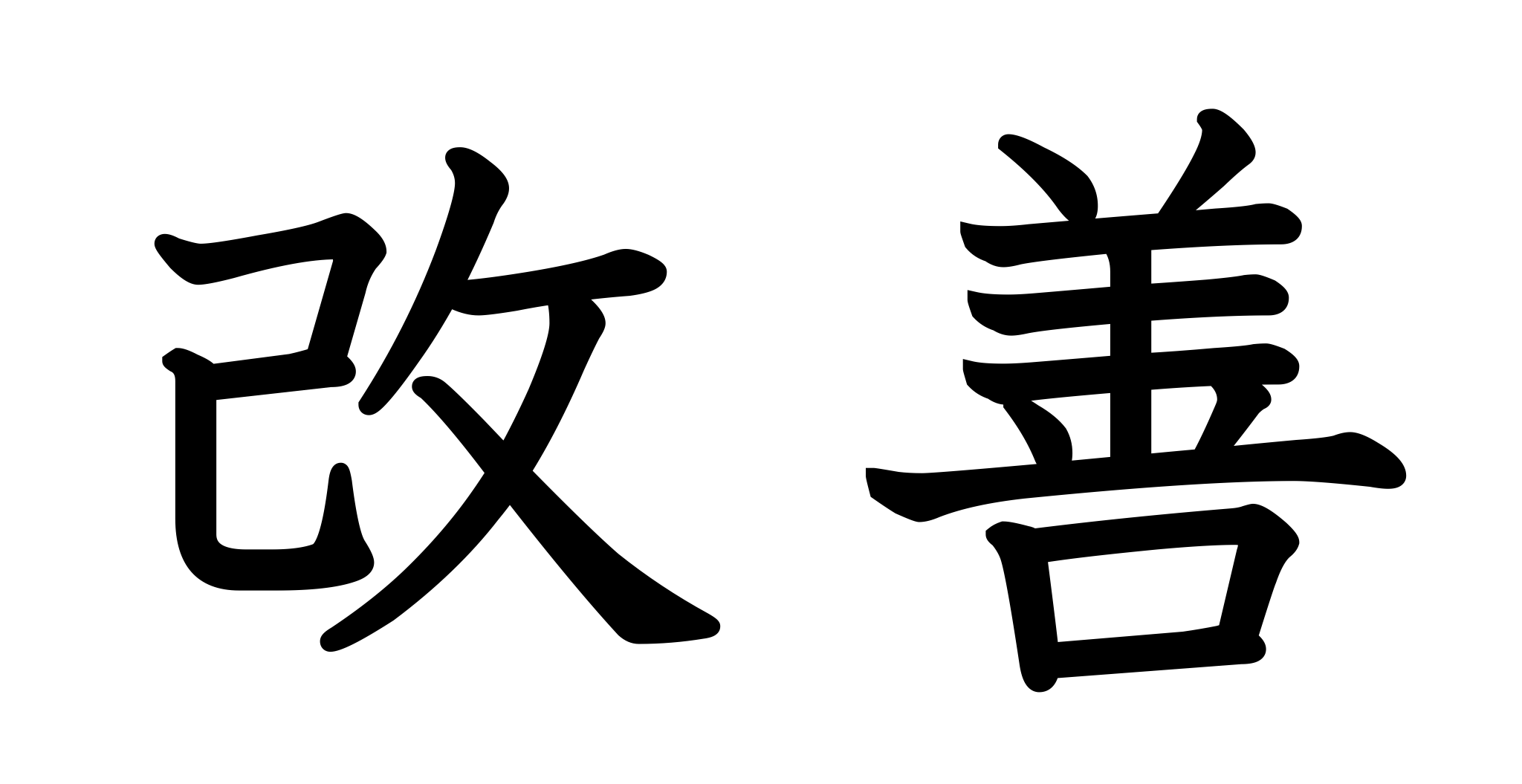Kaizen: A Journey through Time – Tracing the Evolution of Continuous Improvement
The Origins of Kaizen: Unveiling the Roots of Continuous Improvement
Kaizen, a Japanese term meaning "change for the better," has become synonymous with continuous improvement in various industries worldwide. To understand the origins of Kaizen, we must delve into post-war Japan, a time when the country was rebuilding its economy and striving for progress. It was during this period that Kaizen emerged as a philosophy and methodology aimed at achieving incremental improvements in all aspects of life.
The roots of Kaizen can be traced back to the teachings of key figures such as Dr. W. Edwards Deming and Dr. Joseph M. Juran, who introduced statistical quality control and quality management principles to Japan in the 1950s. These principles emphasized the importance of employee involvement, teamwork, and a focus on customer satisfaction. The Japanese embraced these ideas and integrated them into their own cultural context, giving birth to the concept of Kaizen.
One of the earliest adopters of Kaizen was Toyota, which implemented the Toyota Production System (TPS) in the 1950s. TPS, also known as Lean Manufacturing, revolutionized the automotive industry by eliminating waste, improving efficiency, and empowering employees to contribute to the continuous improvement process. Toyota’s success with Kaizen inspired other Japanese companies to follow suit, leading to the widespread adoption of the philosophy across various sectors.
From Post-War Japan to Global Adoption: Kaizen’s Rise to Prominence
The success of Kaizen in Japan did not go unnoticed by the rest of the world. In the 1980s, Western companies began to recognize the value of continuous improvement and started incorporating Kaizen principles into their own operations. This marked the beginning of Kaizen’s rise to prominence on a global scale.
One notable example of Kaizen’s impact is the Ford Motor Company, which implemented the Ford Production System (FPS) based on the principles of TPS. By embracing Kaizen, Ford was able to reduce defects, improve productivity, and enhance customer satisfaction. The company’s success with Kaizen led to its widespread adoption in the manufacturing industry, with companies like General Electric, Boeing, and Caterpillar also implementing Kaizen methodologies to drive continuous improvement.
Kaizen in Practice: Exploring the Key Principles and Methodologies
At its core, Kaizen is based on the belief that small, incremental changes can lead to significant improvements over time. It emphasizes the involvement of all employees in the improvement process, as they are the ones closest to the work and possess valuable insights and ideas for improvement. Kaizen encourages a culture of continuous learning, where employees are empowered to identify problems, propose solutions, and implement changes.
There are several key principles and methodologies that underpin Kaizen. One such principle is the concept of Gemba, which refers to the practice of going to the actual place where work is done to observe and understand the current state. By immersing themselves in the Gemba, employees can identify waste, bottlenecks, and inefficiencies, and work collaboratively to find solutions.
Another important methodology in Kaizen is the Plan-Do-Check-Act (PDCA) cycle, also known as the Deming Cycle. This iterative process involves planning a change, implementing it on a small scale, checking the results, and acting on the findings to refine and improve the change. The PDCA cycle ensures that improvements are tested and validated before being implemented on a larger scale, reducing the risk of failure and maximizing the chances of success.
Kaizen Today: Adapting to the Digital Age and Embracing Innovation
In today’s digital age, Kaizen has evolved to adapt to the changing landscape of business and technology. While the core principles of Kaizen remain the same, organizations are now leveraging digital tools and technologies to enhance their continuous improvement efforts.
One example of this is the use of data analytics and artificial intelligence (AI) to identify patterns, trends, and opportunities for improvement. By analyzing large volumes of data, organizations can gain valuable insights into their processes, identify areas of waste or inefficiency, and make data-driven decisions to drive continuous improvement.
Furthermore, the rise of remote work and virtual collaboration has necessitated the use of digital platforms and tools to facilitate Kaizen initiatives. Virtual Gemba walks, online brainstorming sessions, and collaborative project management tools enable teams to work together seamlessly, regardless of their physical location.
In conclusion, Kaizen has come a long way since its origins in post-war Japan. From its humble beginnings as a philosophy and methodology for continuous improvement, Kaizen has grown to become a global phenomenon embraced by organizations across industries. By empowering employees, fostering a culture of continuous learning, and leveraging digital tools and technologies, Kaizen continues to evolve and thrive in the digital age. As the world becomes increasingly complex and competitive, the principles of Kaizen remain as relevant as ever, providing a roadmap for organizations to achieve sustainable growth and success.



